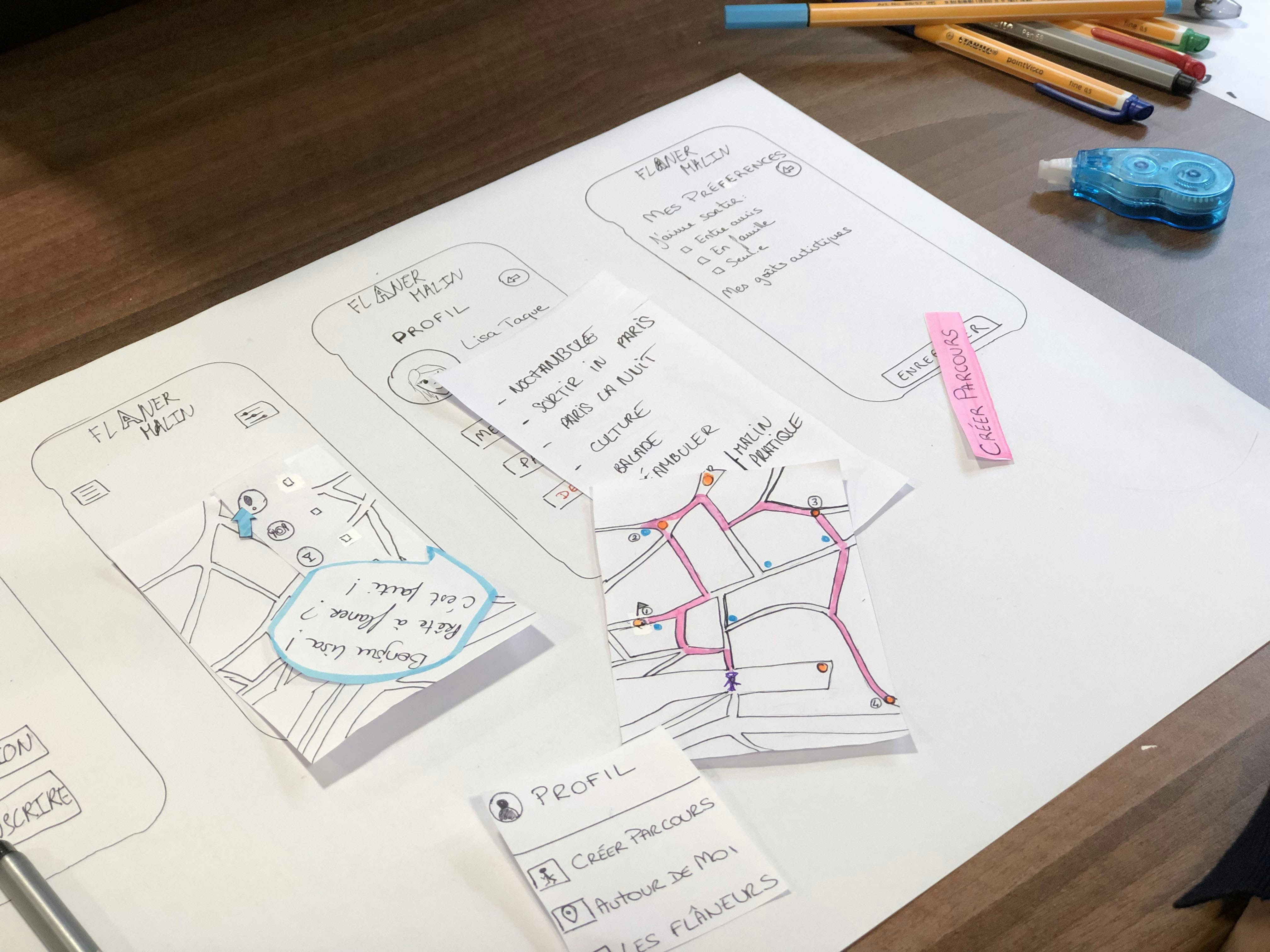Creating Neurodiverse Friendly Online Learning Courses Today
As the evolution of education continues in the digital landscape, the concept of neurodiversity presents a compelling opportunity for educators and course designers alike. More than just a buzzword, neurodiversity embraces the differences in cognitive functioning among learners, recognizing that varying mental processes contribute significantly to diverse learning experiences. When designing course experiences for neurodiverse learners, it’s not only an act of inclusion but a commitment to quality education for all minds, making this an essential aspect to consider as we transition deeper into online education in 2025.
Understanding Neurodiversity in Online Learning
Neurodiversity refers to the natural variations in the human brain and how people process, learn, and communicate. This concept acknowledges conditions such as autism, ADHD, dyslexia, and many others as part of the spectrum of human experience rather than deficits to be 'fixed.' With the acceleration of online learning models post-pandemic, it’s crucial for course creators to understand these differences and integrate adaptive strategies that resonate with neurodiverse learners.
Research shows that up to 1 in 7 people may be neurodiverse, making it essential for online education to reflect this demographic. The ongoing transition to remote learning environments calls for innovative approaches, wherein traditional methods are blended with technology-driven solutions that cater to multiple learning styles. To effectively engage all learners, course creators must approach design with a flexible mindset, creating spaces that promote engagement and retention while respecting individual learning paths.
The Importance of Inclusive Design
Inclusive design means creating educational environments that not only accommodate but actively celebrate neurodiversity. This entails not only recognizing different learning styles but adapting course structures to align with them. Here’s how educators can leverage this principle:
1. Multi-sensory Learning Environments
Implementing multi-sensory approaches can significantly benefit neurodiverse learners. By incorporating soundscapes, tactile activities, or visual aids, courses can cater to various sensory preferences. For example, using soundscapes can enhance concentration and reduce anxiety, fostering an environment where learners feel more comfortable engaging.
2. Flexible Assessment Methods
Rigid assessments can create stress for many learners, particularly those who are neurodivergent. Incorporating a variety of assessment methods, including project-based evaluations, peer assessments, or portfolios, can offer neurodiverse learners the opportunity to showcase their strengths in ways that align with their individual cognitive profiles.
3. Personalized Learning Paths
Harnessing adaptive learning technologies allows educators to create personalized learning pathways tailored to each learner's needs. As technology progresses, the prospect of AI-driven solutions to monitor and adapt to individual learning styles becomes more imminent. With tools like personalized learning pathways, learners can engage at their own pace, reducing feelings of frustration or inadequacy often experienced in conventional learning environments.
Enhancing Engagement Through Storytelling
Storytelling can be an impactful tool in online learning. Leveraging the power of narratives creates emotional connections and a more profound engagement with content—essential aspects for neurodiverse learners who may benefit from contextual understanding.
By implementing interactive storytelling techniques, course designers can craft compelling narratives that make lessons memorable and enhance retention. These narratives can draw in the imagination, making abstract concepts more relatable and enjoyable. Furthermore, incorporating gamification elements can enable a fun, interactive experience that increases participation and motivation.
Building Connections: Community Dynamics
Creating an inclusive community in online learning environments is fundamental for neurodiverse learners. The lack of face-to-face interaction can feel intimidating for some, making community-building initiatives a priority in course design.
Encouraging peer interactions through collaborative online projects and discussion forums can foster a sense of belonging. Peer learning platforms that incorporate AI-powered matching can ensure that learners are connected with others who complement their learning styles, enhancing collaboration and collective growth.
Leveraging Technological Innovations
The next few years will see a rise in the use of advanced technologies such as augmented reality (AR) and virtual reality (VR) that can offer engaging, immersive learning experiences catered to the needs of neurodiverse students. According to industry reports, these technologies have shown promise in enhancing empathy, emotional processing, and collaboration among students.
Courses designed around technologies like VR can provide simulated experiences, helping students gain practical knowledge while simplifying complex concepts. Incorporating virtual reality expeditions into the curriculum, for example, allows learners to step into another world, bridging the gap between theoretical knowledge and real-world application.
Practical Strategies for Neurodiverse Course Design
Well-structured courses can effectively support neurodiverse learners. Here are some actionable strategies for course designers:
1. Use Clear and Consistent Structure
Courses should have a clear outline that presents information cohesively. Clear headings, bullet points, and numbered lists can lead neurodiverse learners through the material without overwhelming them. For example, including executive function strategies—such as visual schedules and checklists—can help learners stay organized and focused on their tasks.
2. Encourage Self-Directed Learning
Fostering independence is crucial. Designing courses that allow for autonomy—such as choosing topics for projects or determining pacing—can empower learners and emphasize agency in their educational journey. Resources like self-directed learning practices encourage learners to take charge of their learning, which can be particularly motivating.
3. Provide Feedback with Sensitivity
Feedback plays a crucial role in learning, particularly for neurodiverse students, who may process criticism differently. It is essential to deliver feedback constructively, focusing on strengths while gently addressing areas for improvement. Encouraging a growth mindset can foster resilience and self-confidence among learners.
4. Integrate mindfulness techniques
Encouraging digital mindfulness practices within the course can help learners manage stress and improve focus. Techniques might include short meditation breaks or exercises that promote focused breathing. Resources like digital mindfulness can be incorporated into the curriculum to ensure learners have the tools they need to succeed.
Final Thoughts: The Future of Neurodiversity in Online Learning
Designing online opportunities for neurodiverse learners is a significant step toward inclusivity and empowerment in education. By understanding the unique needs of neurodiverse students and employing thoughtful strategies and technologies, course creators can help ensure that no learner is left behind.
As we move forward into the future, let us embrace neurodiversity, not as a challenge but as a dynamic part of the educational landscape that enriches our collective understanding. Creating pathways to effective, personalized learning experiences will benefit all learners and reflect the diverse world we live in. Navigating these strategies today will prepare us for a more inclusive and innovative online education in 2025 and beyond.
By integrating these practices into course design, educators can foster an enriching, empowering learning environment where all students flourish.
















